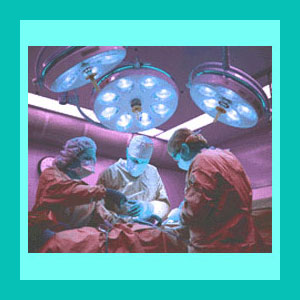
Herniated disc repair is a concept which has been toyed with in the medical community for many years. Doctors have found it difficult to repair herniated and degenerated discs, although they have certainly approached the problem from multiple angles of attack. Nonsurgical methods have worked about as well as surgical methods and do not present the same risks for serious complications, making noninvasive treatments the ideal place to begin when trying to enact intervertebral disc repair.
This article will detail why herniations may need to be repaired in order for pain to resolve. However, we will also establish the fact that unless verified nerve interaction occurs, a herniation may never need to be fixed, since it may be incapable of causing any pain.
Nonsurgical Herniated Disc Repair
In a great many cases, even when symptoms are present, no repair may be needed in order for the effects of a herniation to resolve. It is very possible that given enough time, a herniated disc will shrink on its own, without any particular treatment. This is extremely common. However, it is also possible that the disc will not shrink back and may even get worse in some cases.
If treatment is sought, the best non-surgical solution for disc repair is certainly non-surgical spinal decompression. A jewel among symptomatic treatment options, spinal decompression for herniated discs offers the possibility for a real and permanent cure. If treatment is successful, the disc will shrink back to a non-problematic state and will hopefully stay that way for years to come. No other nonsurgical methods of care are conclusively and universally proven to do anything to repair a disc prolapse.
Repairing a Herniated Disc with Surgery
Herniated disc surgery is always a risk and may make the condition far worse in many instances. Surgery should only be used as a truly final option for emergencies only. There are simply too many cases of complications and failed disc surgery syndrome to even think about back surgery in any other case profile.
The most common disc repair procedures are both minimally invasive and may work for some patients with contained disc herniations. These are the IDET and nucleoplasty techniques, of which I prefer the latter.
Any other type of spinal surgery for disc pain is likely to be far more drastic and will usually seek to remove or replace the disc rather than actually repair it.
Herniated Disc Repair Limitations
Remember that most herniated discs are not painful and are mistakenly identified as the true source of suffering in the majority of diagnosed patients. In essence, repair is usually unnecessary, since the disc is not the problem to begin with. Always remember this, especially if you have already tried a plethora of seemingly indicated medical and complementary treatments for your chronic disc pain without success. There is a good chance that you are on a fool’s errand and that herniated disc is coincidental and innocent of any symptomatic expression. The exceptions to this rule are cases of definitive central canal stenosis and pinched nerve roots which have been diagnosed by a spinal neurologist.
Above all else, if you do decide to pursue disc repair treatment, choose your methods and providers carefully, in order to avoid making the condition far worse instead of better. Since nonsurgical decompression treatment offers some of the best overall results, without the risks of an operation, investigating this method of care is always a good place to begin your research.
Herniated Disc > Herniated Disc Relief > Herniated Disc Repair




